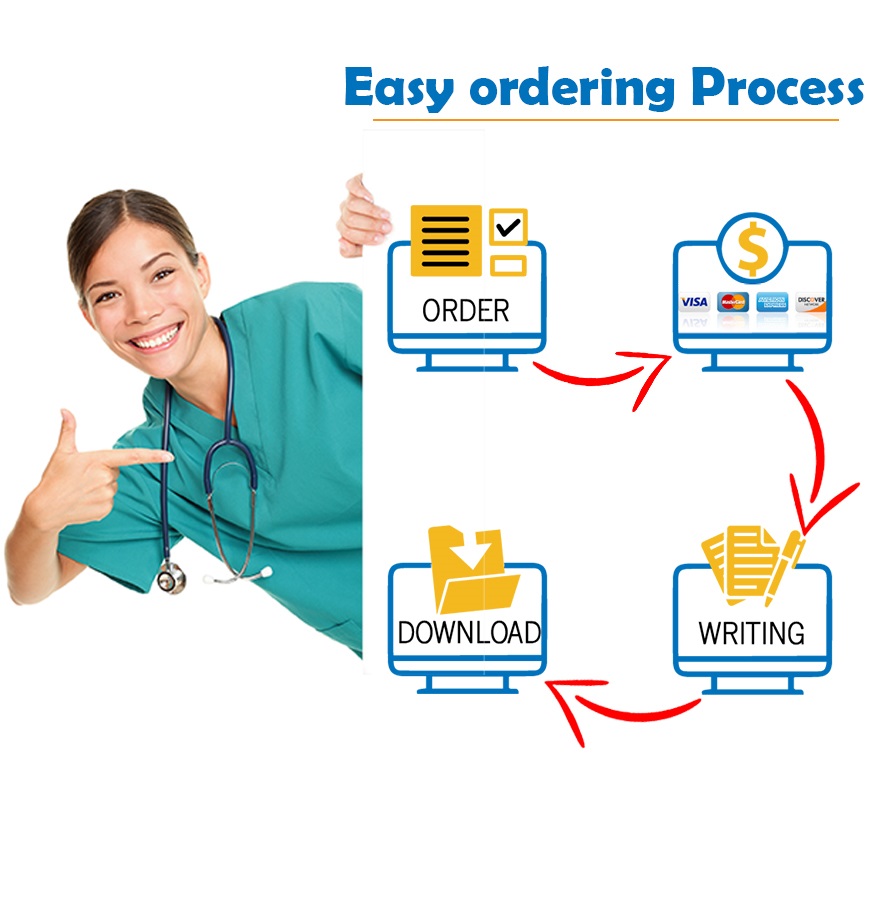Capella University Positive Change Teacher Dispositions for Teaching Paper
GRADING RUBRIC MUST BE FOLLOWED
APA FORMAT
Write a 10-12 page paper evaluating how your own professional practice aligns with recommended teacher dispositions for teaching and learning in the digital age.
Submit a 10–13-page scholarly APA-formatted paper in which you:
- Synthesize the professional literature related to recommended teacher dispositions in the digital age (2 pages).
- Describe the teacher dispositions that you feel are most relevant to teaching in the digital age (1–2 pages).
- Provide a rationale for the teacher dispositions you have deemed most important (1–2 pages).
- Evaluate how your own teacher dispositions align with those you have chosen from the professional literature (5 pages).
- Include specific examples of this alignment from your professional practice.
- Include an analysis of areas for growth in your professional practice in terms of the teacher dispositions you have chosen from the professional literature.
- Include an explicit plan of action for enabling growth in each of the areas you have delineated.
- Summarize the reflective, analytical, and evaluative experience in terms of future professional practice (1–2 pages).
- In order to complete this assignment, you engaged in a process of reflection, analysis and evaluation. For this criterion, you are now being asked to reflect on that three-stage process and its potential impact on your future professional practice. Consider the insights you have gained from engaging in the process of reflection, analysis and evaluation. Have your perspectives changed as a result of the experience? Have you made any decisions about future professional practice based on this experience?
RESOURCES
-
- Johnson, D. (2013). Technology skills every teacher needs. Educational Leadership, 70(6), 84–85.
- This article explains the creation of a rubric of effective technology for teachers, which includes “designing lessons based on available digital technology resources, demonstrating a positive attitude toward educational technology, and using online communication methods.”
- Kaufman, A. R., Warner, S. A., & Buechele, J. R. (2011). The characteristics of a model technology education teacher. Technology & Engineering Teacher, 70(8), 25–33.
- This study explores the characteristics of a model technology education teacher.
- Lemley, J. B., Schumacher, G., & Vesey, W. (2014). What learning environments best address 21st-century students’ perceived needs at the secondary level of instruction? NASSP Bulletin, 98(2), 101–125.
- This study determines “what learning environments best address the needs of 21st century students at the secondary level… the presence of a positive 21st century learning environment is related to student satisfaction and student-teacher relationships.”
- Martinez, M., & McGrath, D. (2014). Technology alone won’t transform teacher to facilitator. Phi Delta Kappan, 96(1), 41–45.
- This article “discusses the role of technology in facilitating educational reform in the U.S., arguing that technological innovations in isolation will not bring about effective educational change… only re-examination of curriculum design, student learning, and teacher roles could promote deeper learning when paired with technological innovations.”
- Cox, J. (2017). Teaching strategies: The value of self-reflection. K–12 Teachers Alliance. Retrieved from http://www.teachhub.com/teaching-strategies-value-…
- Danielson, L. (2009). Fostering reflection. Educational Leadership, 66(5). Retrieved from http://www.ascd.org/publications/educational-leade…
- Jaeger, E. L. (2013). Teacher reflection: Supports, barriers, and results. Issues in Teacher Education, 22(1), 89–101.
- This article identifies elements of successful teacher reflection.
- Naidoo, K., & Kirch, S. A. (2016). Candidates use a new teacher development process, transformative reflection, to identify and address teaching and learning problems in their work with children. Journal of Teacher Education, 67(5), 379–391.
- This article “aims to offer a new model for a teacher preparation course that features reflection and teaching as integral, inseparable actions and to provide empirical evidence from an exploratory ethnography to demonstrate teacher development possibilities with this model.”
- Taylor, T. (2014). Changing pedagogy for modern learners: Lessons from an educator’s journey of self-reflection. Journal of Educational Technology & Society, 17(1), 79–85.
- This article reflects on the differences between the modern learner and a traditional teaching model, and emphasizes “process rather than content.”
- Tripp, T., & Rich, P. (2012). Using video to analyze one’s own teaching. British Journal of Educational Technology, 43(4), 678–704.
- This article is a study of using video for self-analysis.
- Johnson, D. (2013). Technology skills every teacher needs. Educational Leadership, 70(6), 84–85.
"Looking for a Similar Assignment? Order now and Get 10% Discount! Use Code "GET10" in your order"



